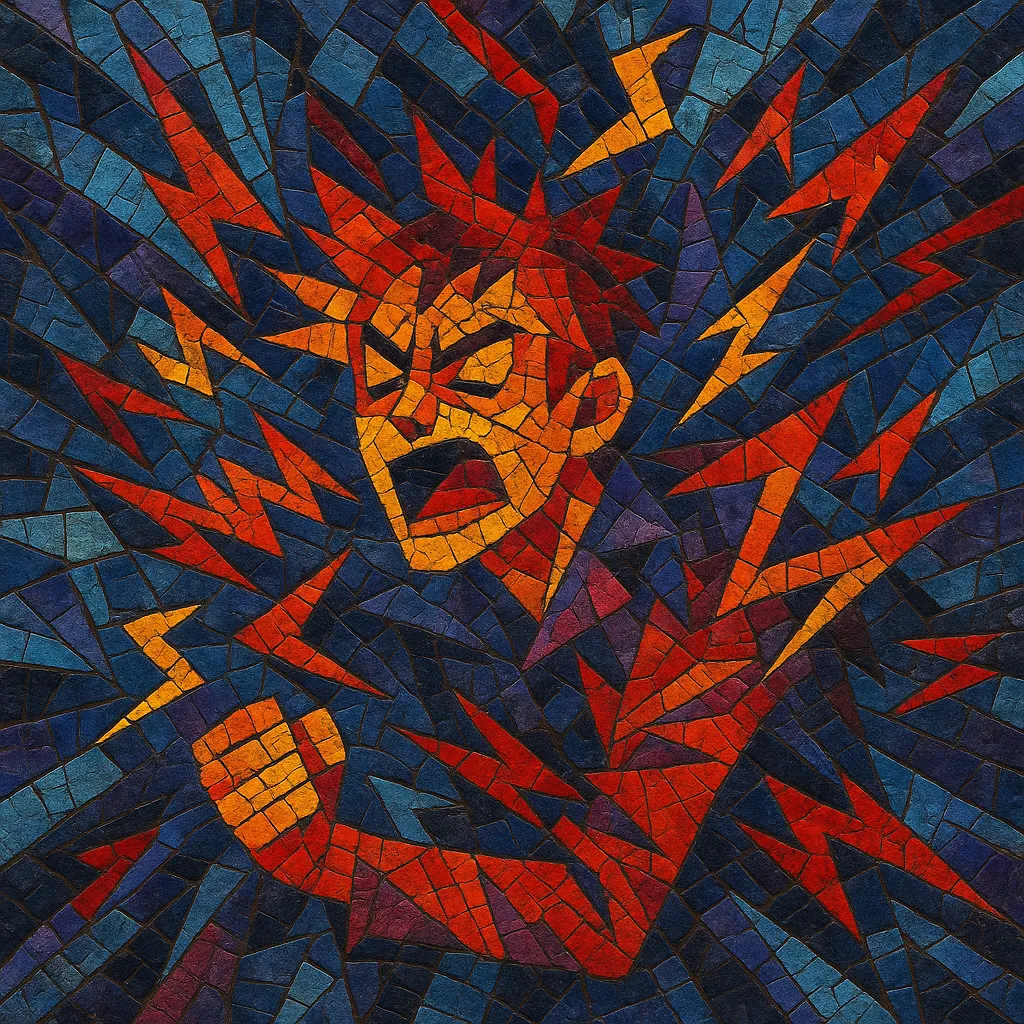MAD (often written as MAD movie in Japan) is a Japanese remix culture where creators cut, pitch, and resequence short vocal lines, sound effects, and music from anime, games, and pop media into rhythmically precise musical edits. While video editing is central, a distinct musical aesthetic emerged: high-tempo club rhythms (J-core and eurobeat), bright denpa hooks, chopped voice one-shots arranged into melodies, and frequent use of Vocaloid.
The resulting tracks are energetic, playful, and densely edited, emphasizing sync between transients in the audio and cuts in the video. In practice, MAD functions as a multimedia style, but the audio component has become recognizable enough to be treated as a genre with its own motifs, tempos, and arrangement norms.
MAD grew out of Japan’s anime music video (AMV) scene and fan-remix culture in the early 2000s. Hobbyists began micro-editing dialogue and sound effects into rhythmic patterns, aligning quick cuts with musical hits. Early tools like Windows Movie Maker and basic DAWs encouraged short, percussive edits.
The launch of Nico Nico Douga (2007) catalyzed the style. Viral medleys such as Kumikyoku Nico Nico Douga showcased rapid, meme-heavy sampling and tight audiovisual sync. Producers started pairing fast club tempos (eurobeat, J-core) and denpa hooks with cut-up character voices. Vocaloid songs and Touhou doujin remixes became common source material, cementing a colorful, maximalist sound.
Through the 2010s, MAD techniques standardized: sliced one-shots for melodies, stuttered chops for fills, sidechained supersaw chords, and kick-driven builds and drops. Circles from the doujin and hardcore scenes (e.g., J-core, denpa) provided both techniques and audiences. The approach influenced and exchanged ideas with Western YTPMV communities, while remaining a distinctly Japanese meme-music form.
By the late 2010s, MAD’s vocabulary—voice-chop leads, hyperactive fills, and tight cut-synchronization—was recognizable across anime meme remixes. Even outside video platforms, tracks bearing MAD’s rhythmic voice-chop melodies and high-BPM club backbones circulated within otaku and club-adjacent scenes.


